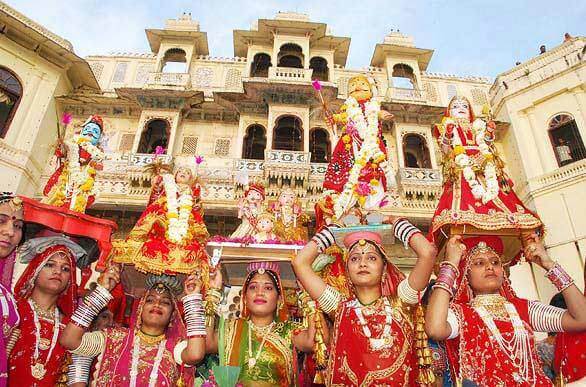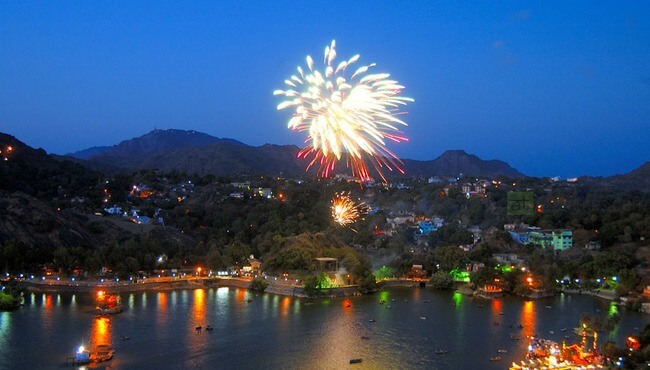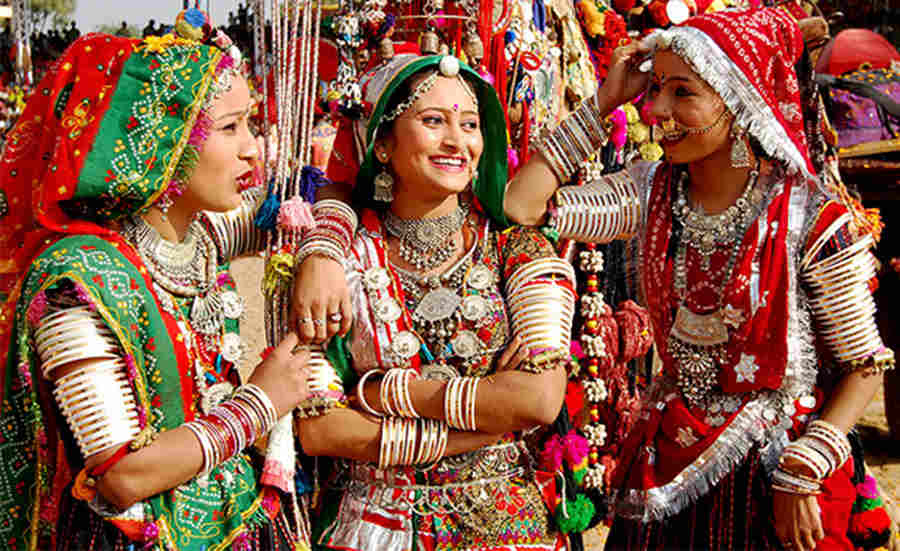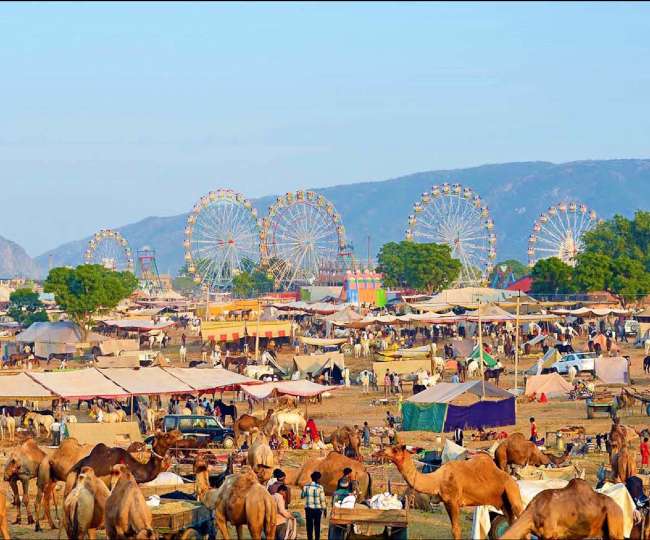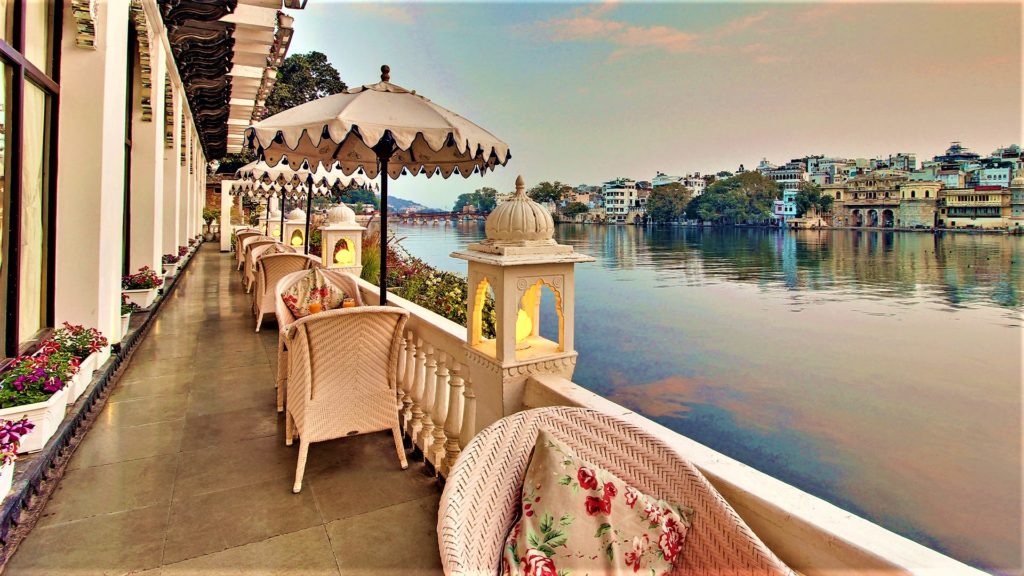Rajasthan, is a colorful desert. The unconvincing Thar Desert and with it all the barren land of Rajasthan has much to offer through the plethora of celebrations. Festivals and fairs, music and dances, turns the land to a creative fertile basin. Season heralded with a festive fervor and cattle marts turn into delightful fairs.
Festivals hold an unusual lure for the Rajasthani’s and they have any number of reasons to celebrate. Pageantry is in the form of weddings or rituals, or to promote trade. Each region has their own form of Folk entertainment, own Traditions, own dialect adding to the Indian diversity. Pushkar Fair, Desert festival, Elephant Festival and Camel festival are internationally famous and are not to be missed.
These festivals born out of age-old traditions, adorns the golden land and unveils the best with vulnerable colors. Colors that are alive and unrestricted, and unifies each soul who visits this magic land. There’s a rhythm, there’s a jest, a passion, a spirit of romance, a valor, a feel of being one with the blonde landscape. This spirit of celebration is like Desert Rains, hidden in the Aravalli bosom, unfolding its feather with each festival.

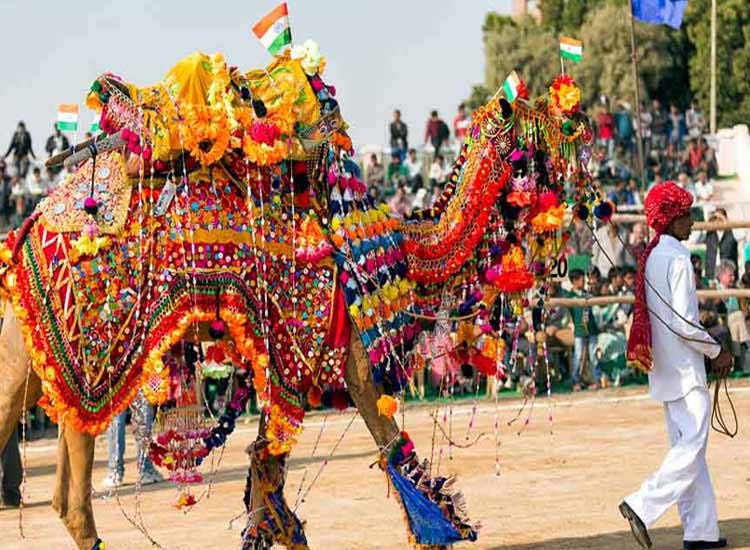
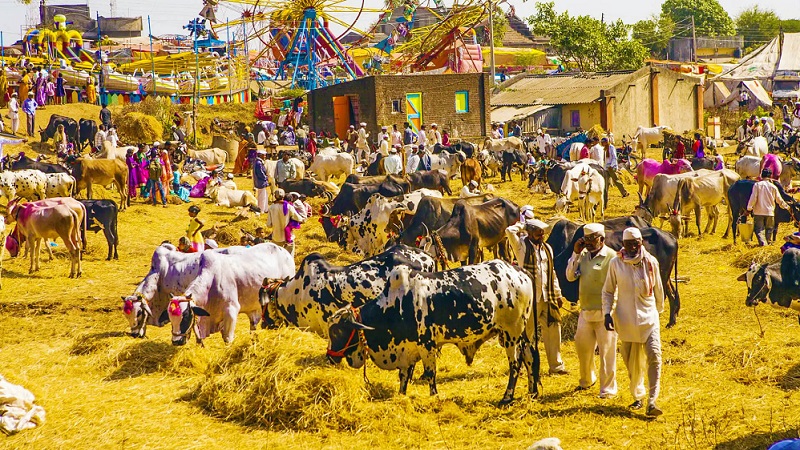
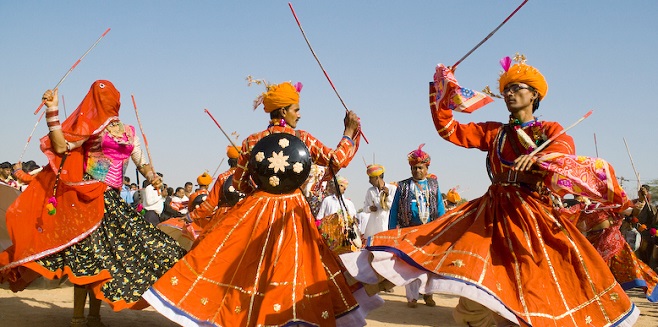
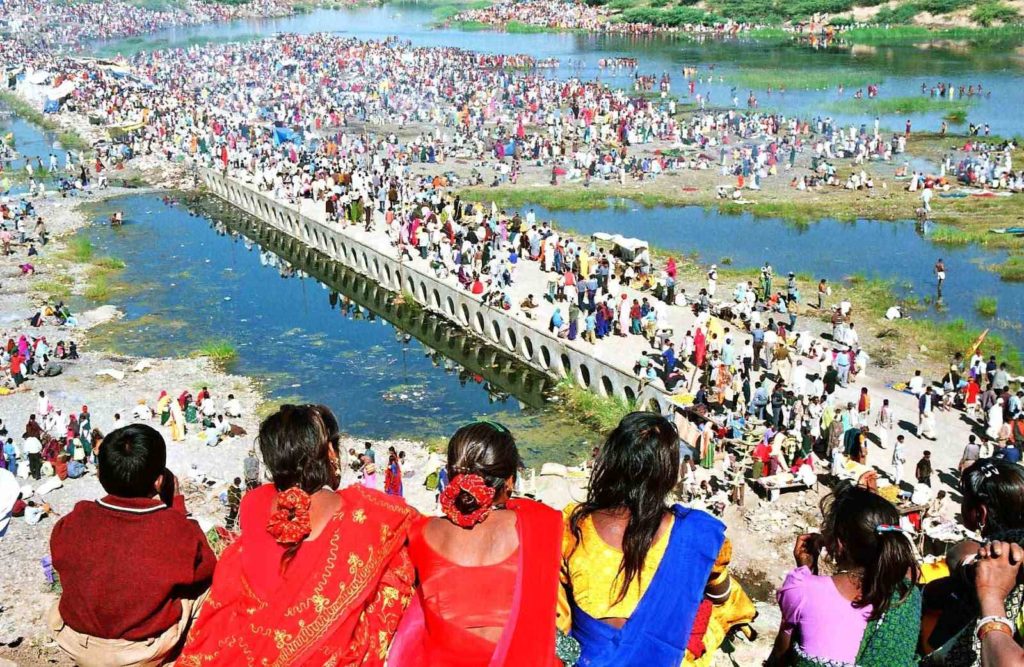
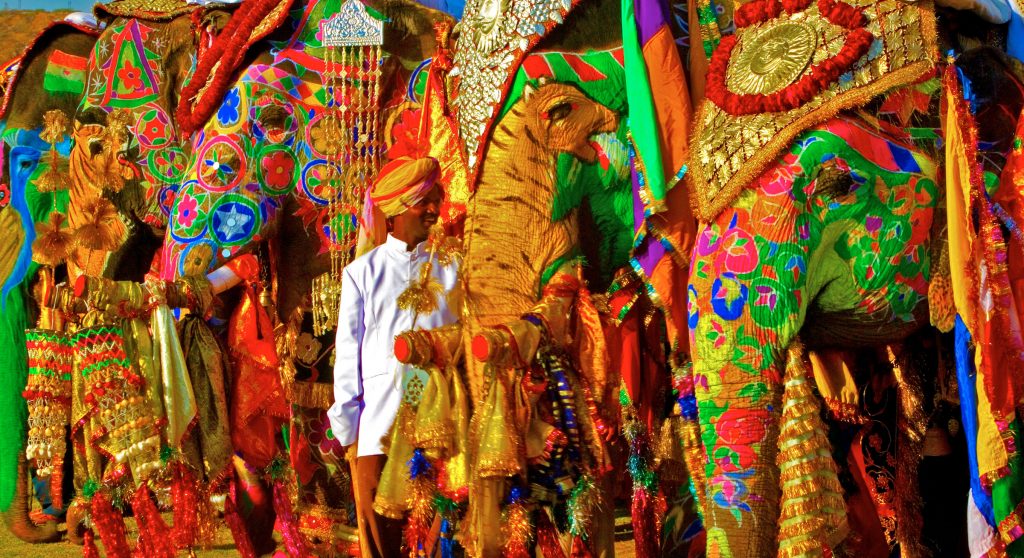
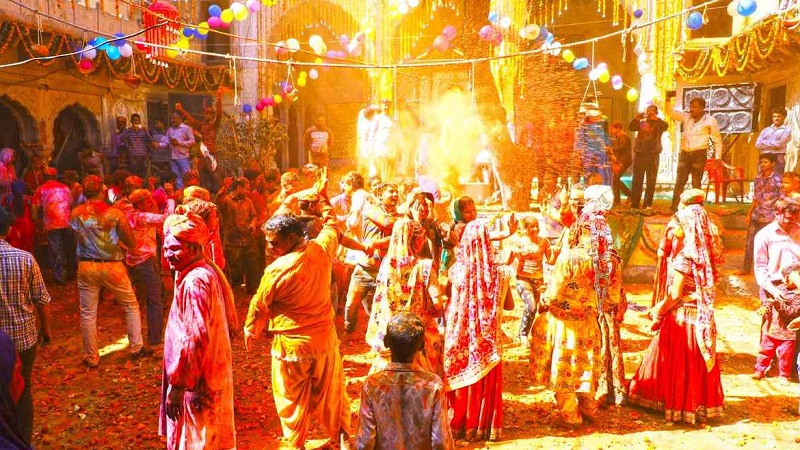
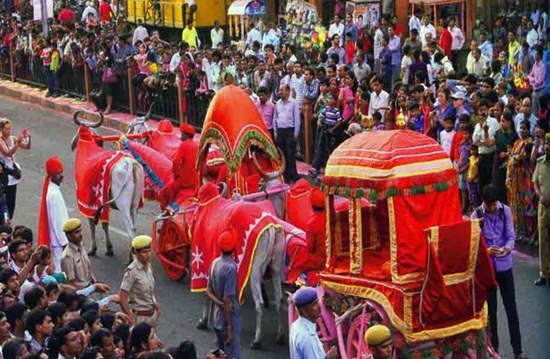
(Jaipur, March April) A festival devoted to Goddess Parvati, the consort of Lord Shiva. Ishar & Gangaur are the divine male and female ho embody marital love. Dedicated to goddess Gauri (Parvati), the festival commences on Holi/ Young girls pray for ;rooms of their choice while married women seek a long life for their husbands. The ladies decorate their hands and feet ) drawing designs with Mehendi (Myrtle Jaste). On the evening of the 7th day after Holi, unmarried girls go around singing songs of ghudlia (earthen pots with numerous holes all around with a lamp lit aside) carrying the pots on their hands. ) their way they collect small presents, cash, sweets, jaggery, ghee, oil etc. The women do these while chanting hymns to the Goddess. Festivities continue for 18 days culminating with the arrival of Lord Shiva to escort his bride home. A grand process Ion with the ideal of Gauri in beautifully decorated gold and silver a palanquin caparisoned elephants, camels, horses, dances, drummers & joyous children
goes through the city streets. In Jaipur procession forms at the Palace Gate known as Tripolia and moves on the city streets on to Talkatora. A vast gathering of jaipurites & villagers from nearby areas witness the procession. A sweet dish called Ghewar characteristic of the Gangaur festival is distributed among friends & relatives. In Jodhpur early in the morning thousands of maidens,
clad in their best attire, singing melodious songs, bring water and durba grass in silver or brass pots to a place known as Girdikot. In Udaipur the images of Isar & Gauri are taken in a procession to the Pichola lake there after in a boat for an hour they go around the lake and the ceremony comes to an end with a display of fireworks on the banks. The Girasia tribe eligible boys & girls in Sirohi, Mount Abu region during Gangaur festival select their life partners & elope with them. This form of marriage has the sanction of the community.
